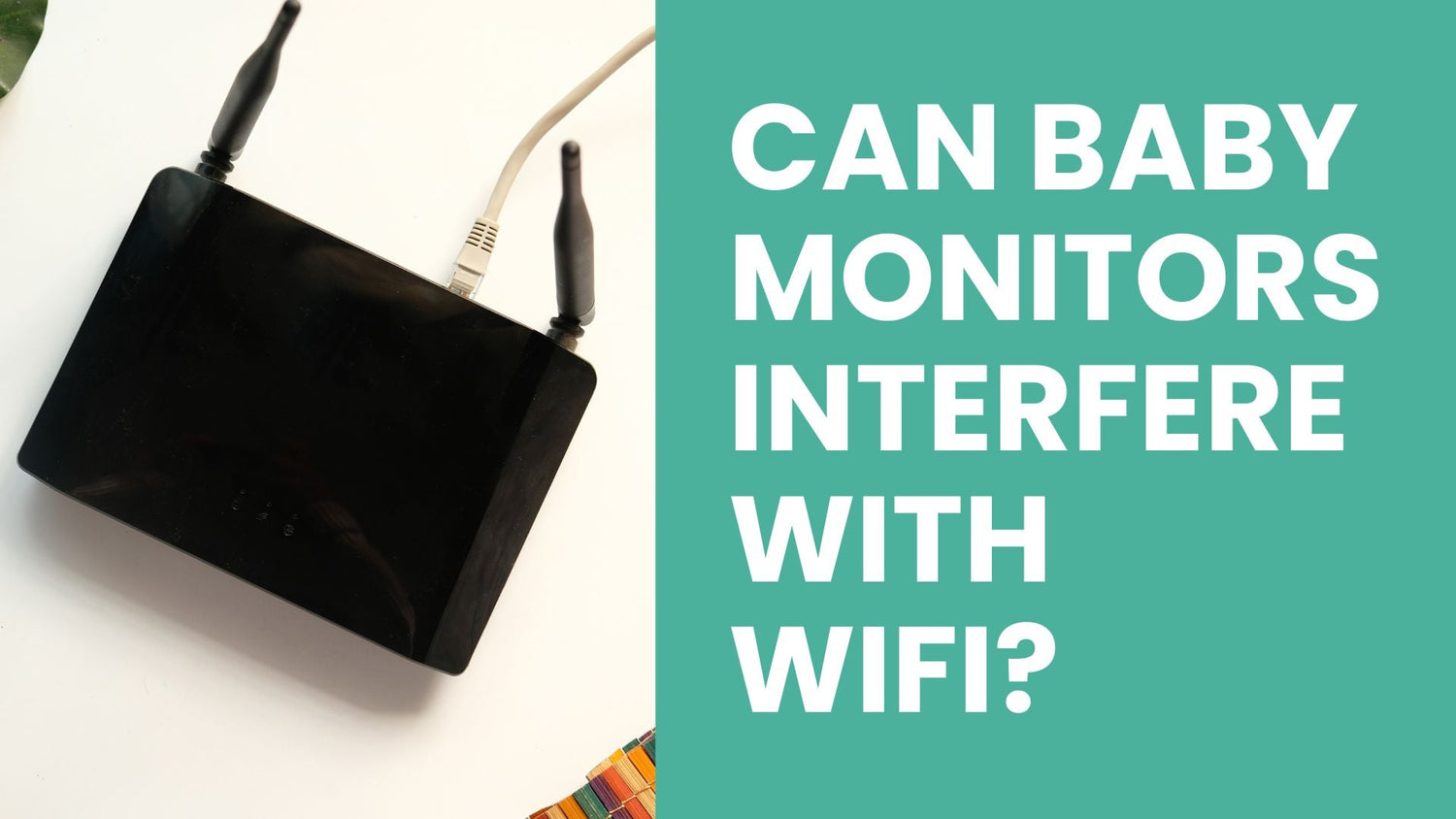Smart home tech is booming in Australia, and baby monitors are must-haves for many families. But a common worry is whether monitors can interfere with WiFi. The answer? Yes, they can—but it’s manageable. Here's how to spot interference and what Aussie parents can do to fix it.
How Baby Monitors Work
Baby monitors use radio waves to send audio or video signals:
-
Analog Monitors: Older models, lower frequency, less interference.
-
Digital Monitors: Often 2.4 GHz, the same as home WiFi.
-
WiFi Monitors: Share bandwidth with other devices, potentially causing slowdowns.
Find secure baby monitors like FHSS models at Baby Bunting Australia.
The 2.4 GHz Clash
The 2.4 GHz spectrum is shared with:
-
Home WiFi routers
-
Microwaves
-
Bluetooth devices
-
Wireless doorbells
-
Smart security cameras
With too many devices fighting for the same airwaves, your internet can slow or drop out.
Signs Your Baby Monitor Is Interfering
-
Netflix buffering every few minutes?
-
Does WiFi only struggle when the monitor is on?
-
Rooms near the nursery have worse reception?
Try switching the monitor off and testing again.
How to Solve WiFi Interference
1. Switch WiFi Channels
Use channels 1, 6, or 11.
Use WiFi Analyzer App (Android) to pick the best one.
2. Move Devices to 5 GHz WiFi
Modern modems (like from Telstra) or TP-Link Australia support 5 GHz for faster, interference-free WiFi.
3. Smart Device Placement
-
Keep WiFi router away from the baby monitor.
-
Avoid heavy furniture or mirrors near routers and monitors.
4. Pick Better Baby Monitors
Look for models using:
-
FHSS technology (frequency hopping)
-
DECT monitors (1.9 GHz) – safe from WiFi issues.
Browse DECT models at BIG W Baby Monitors.
5. Upgrade to Mesh WiFi
Consider systems like Google Nest Wifi from JB Hi-Fi.
Conclusion
Baby monitors can cause minor WiFi disruptions, but the solution is often simple: adjust your settings, reposition devices, and choose smarter tech. This way, you’ll enjoy a reliable internet connection and uninterrupted monitoring of your bub.


